What is a Cold Wallet?
A cold wallet is a type of cryptocurrency wallet that allows you to store coins without needing an internet connection. Cold wallets typically provide a high level of security for users’ crypto assets, protecting them from risks related to hacks and exploits.
How a Cold Wallet Works

Many people mistakenly believe that wallets (both hot and cold) are where users’ cryptocurrency assets are held and stored. However, it’s important to understand that:
- All crypto assets are stored on the blockchain network.
- Wallets only store the pair of keys: the public key (representing the user’s address on the blockchain) and the private key.
- The only way to access crypto assets is through the private key corresponding to the public key.
- The private key allows users to authorize and sign transactions from the address on the blockchain.
The main function of a cold wallet is to manage and protect the user’s private key in an offline environment. Therefore, it cannot interact directly with decentralized applications (dApps) and is suitable for long-term asset holding. When a transaction is needed, users must transfer the necessary amount from the cold wallet to a hot wallet, which then handles the transaction and connects with various dApps via the internet.
Related: What is a DApp? How it Works, Classifications, and Applications of DApp
Types of Cold Wallets in Crypto
Ledger Cold Wallet
Ledger cold wallets are highly rated by users. The wallet is protected by a robust metal casing, similar in size to a regular USB stick. Some key features of Ledger wallets include:
- Storage of various coins like Bitcoin, Litecoin, Ethereum, Altcoins, and other assets.
- Data backup and recovery capabilities in case of a failure.
- Intuitive display with a modern OLED screen.
Popular Ledger cold wallet versions include Ledger Nano S and Ledger Nano X.
Trezor Cold Wallet
Trezor, launched in August 2014 by Satoshi Labs, is one of the first cold wallets to store bitcoin. Coins that Trezor can store include Bitcoin, Litecoin, Ethereum, Dash Coin, Bitcoin Cash, Dogecoin, and more.
Key features of Trezor:
- Supports storage of multiple coins.
- Quick setup within 15-20 minutes.
- Easy to use with basic computer operations.
- High security, protecting access to servers and admin pages.
- Backup capability with special recovery strings.
SafePal Cold Wallet
SafePal is the first cold wallet brand invested in by Binance. SafePal’s interface is intuitive, with multiple layers of security that facilitate convenient and secure storage, transactions, and exchanges. Key features include:
- Storage of various coins on a single wallet.
- High security with offline private key storage and self-destruct mechanism if tampered with.
- QR code-based communication with the app, no internet connection.
- Ability to transfer and transact anytime, anywhere.
Should You Use a Cold Wallet?
Using a cold wallet is crucial for protecting your cryptocurrency assets from security and safety risks. Unlike internet-connected hot wallets, cold wallets are physical storage devices isolated from the network, preventing attacks from malware or hackers. Cold wallets use multi-layer security systems with PIN codes and an auto-reset feature if incorrect codes are entered too many times, ensuring your assets are absolutely safe.
While hot wallets are convenient for daily transactions, they are not secure for storing large amounts of cryptocurrency. If you lose your account or get hacked, you risk losing all your assets. Therefore, using a cold wallet is the optimal choice to secure significant cryptocurrency holdings, ensuring absolute privacy and safety for your assets.
How to Transfer Coins to a Cold Wallet
Transferring coins to a cold wallet is similar to transferring to hot wallets, following these three steps:
- Copy the wallet address displayed on the cold wallet device, ensuring you select the correct cryptocurrency and corresponding blockchain network.
- Transfer the cryptocurrency from your current holding location (exchange, another wallet, etc.) to the copied cold wallet address, double-checking the correct coin and network before sending.
- Verify that the balance has been updated on your cold wallet.
Advantages and Disadvantages of Cold Wallets
Advantages
- Maximum Security: Cold wallets manage private keys in an isolated environment, eliminating almost all risks associated with online storage.
- Complete Ownership: Users have full control and ownership of their assets without relying on third parties.
- Portability: Cold wallets are generally compact and easy to store and carry around.
Disadvantages
- Complexity: Requires connection to another device to conduct transactions, which is more complicated than using hot wallets.
- Higher Cost: Purchasing a cold wallet is more expensive than software wallets but is a reasonable cost for asset security.
- No Direct DApp Interaction: Requires connection to a hot wallet or transferring funds to interact with DApps.
- Physical Vulnerability: Being a physical device, it can break, get damaged, or degrade over time, affecting access to the private keys.
Frequently Asked Questions About Cold Wallets
Can Cold Wallets be Hacked?
While safer than hot wallets, cold wallets can still be hacked through techniques like phishing or pretexting. Some cold wallets include features to protect against these attacks, but private keys are still encrypted on the hardware, making hacking a potential threat.
How Much Do Cold Wallets Cost?
Cold wallet prices range from approximately $50 to $250, depending on the type, features, security level, number of supported coins, and app compatibility.
Which Cold Wallet is the Best?
Highly rated and widely used cold wallets include Ledger Nano X, Trezor Model T, SafePal S1, ELLIPAL Titan Bundle, CoolWallet Pro, Keystone Pro, and Blockstream Jade.
Conclusion
I hope this article has provided you with useful information about cold wallets and helped you find a suitable cold wallet for effectively storing your coins. If you have any questions, please leave a comment, and we will respond promptly!

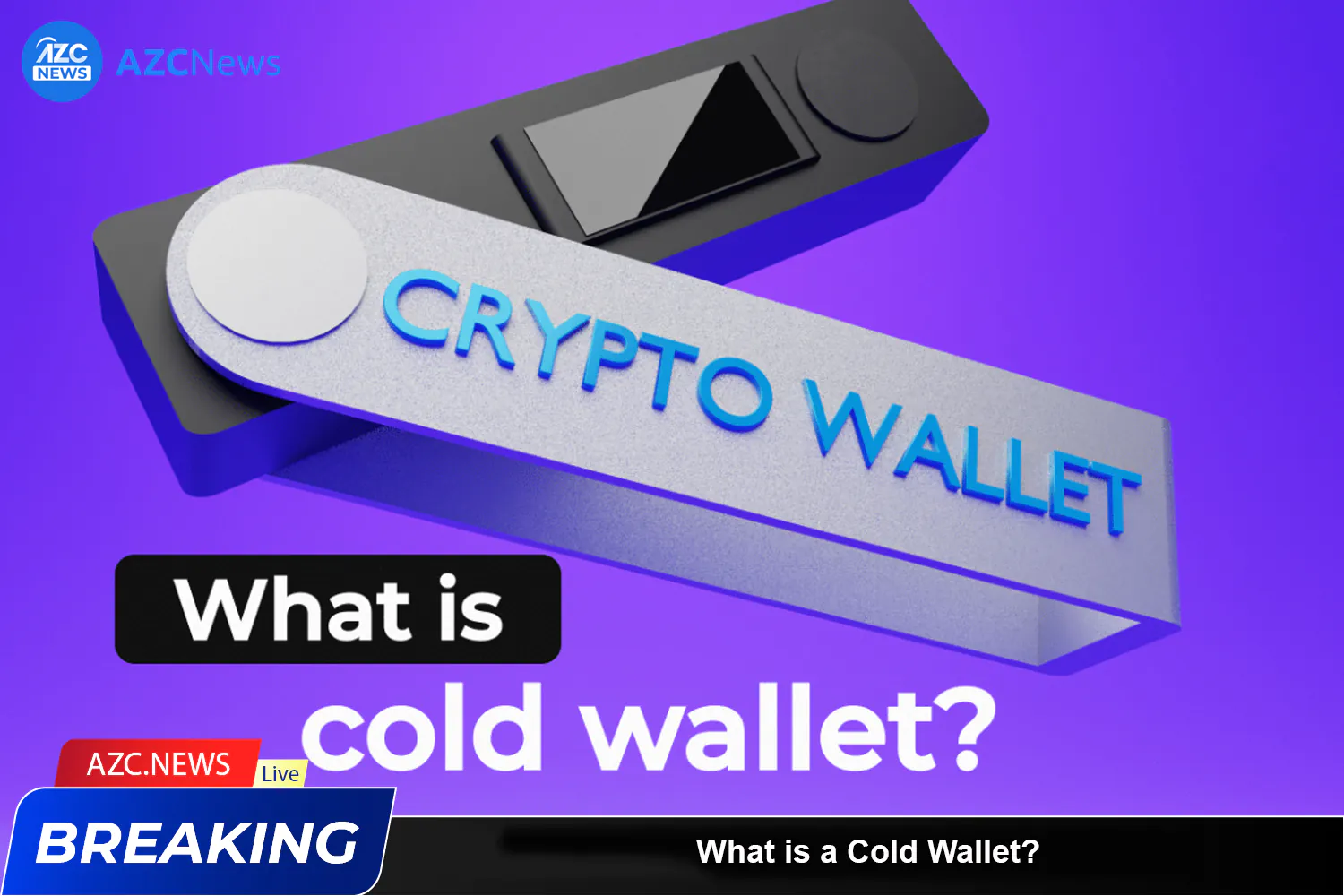
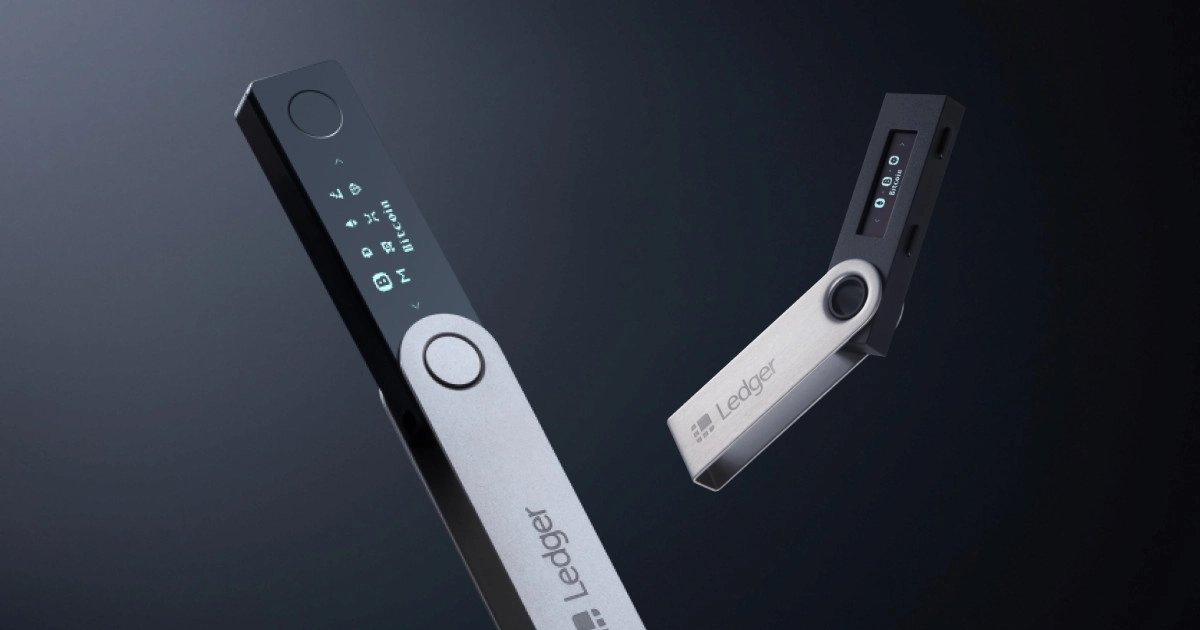
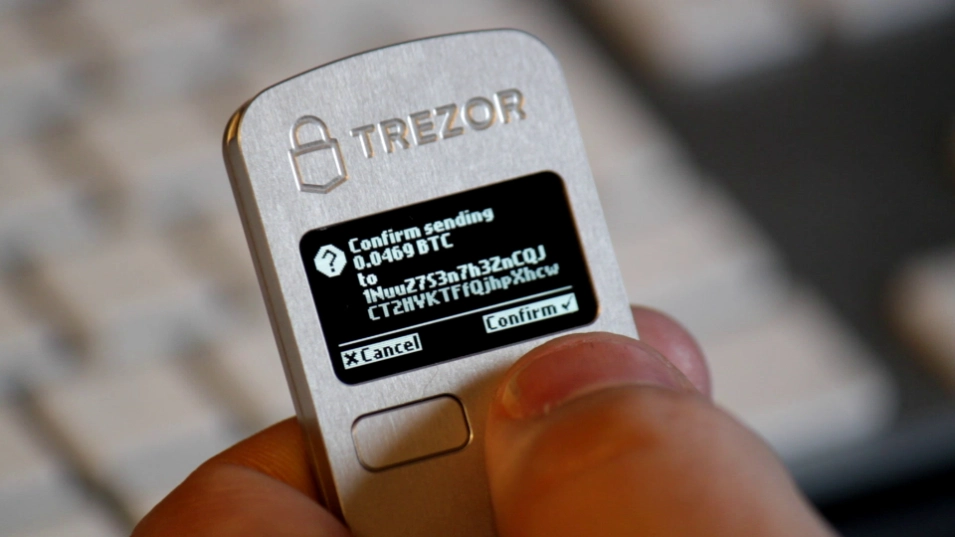
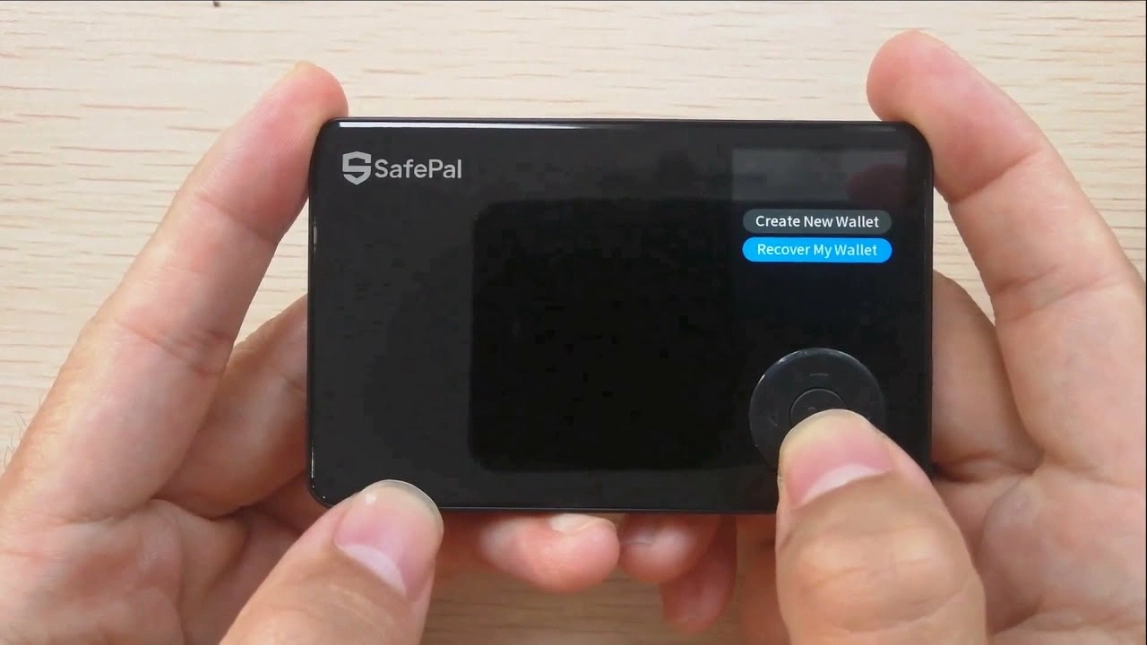
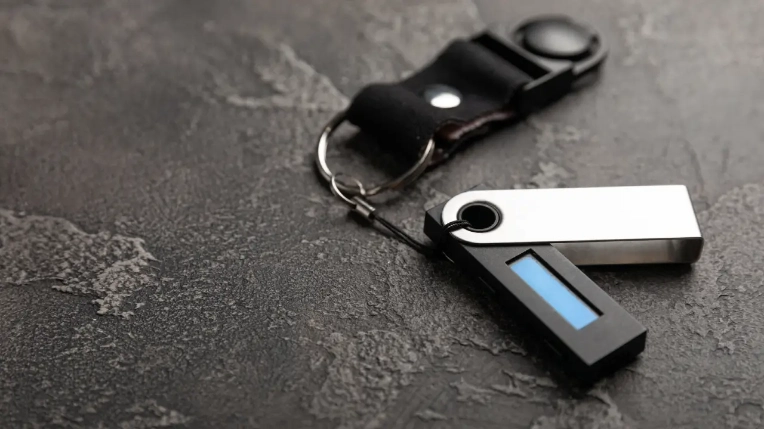






very nice very easy and safe